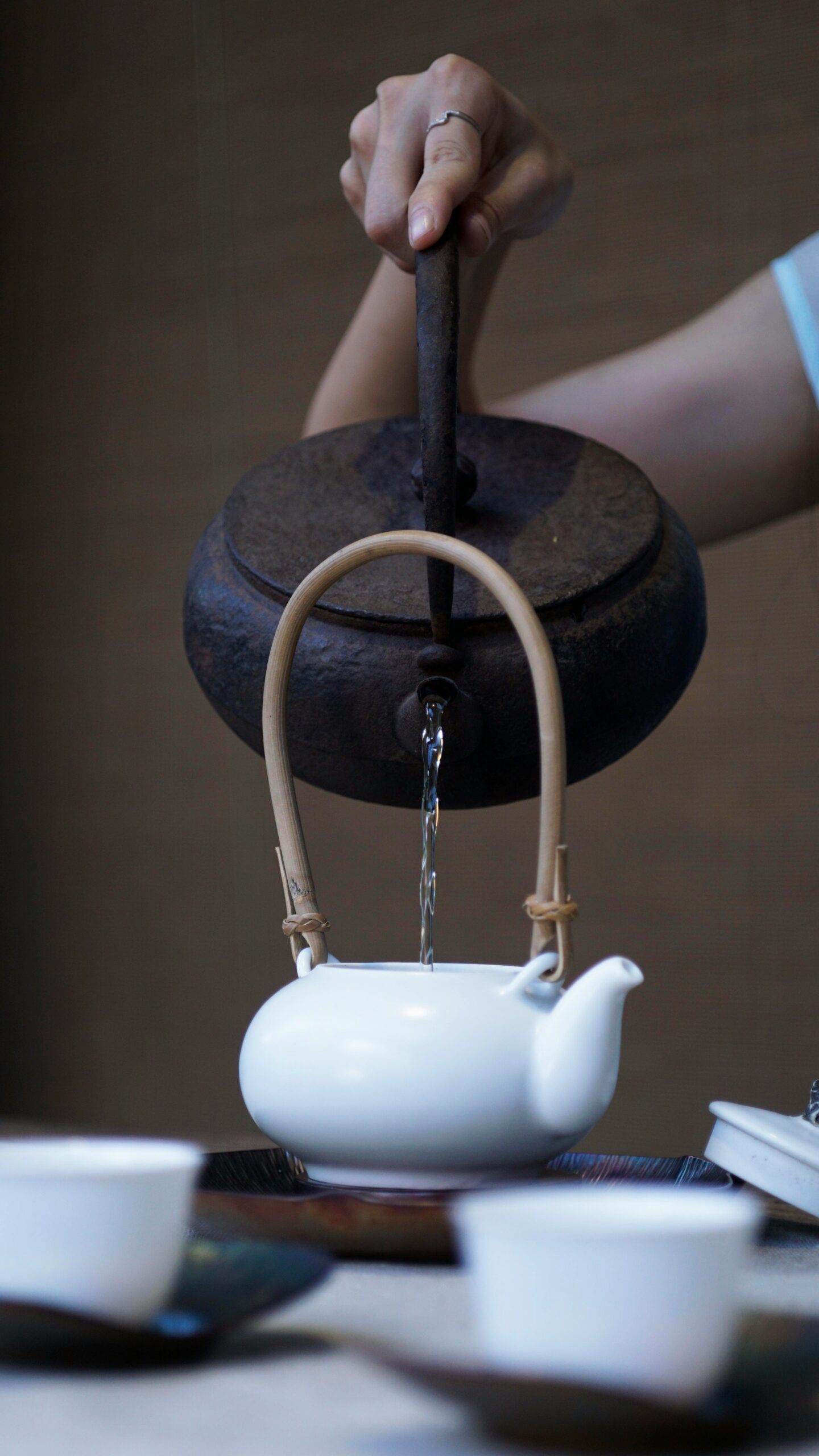Exploring the Modalities of Traditional Chinese Medicine (TCM): An Ancient Healing System

Introduction to Traditional Chinese Medicine (TCM)
Traditional Chinese Medicine (TCM) is a comprehensive medical system with roots extending back over 2,500 years. Its historical foundation is deeply embedded in the ancient Chinese worldview, which perceives the human body as an integrated whole. Unlike Western medicine, which often focuses on isolated symptoms and specific diseases, TCM emphasizes the importance of maintaining a harmonious balance within the body. This balance is primarily understood through the dualistic concept of yin and yang, which represents opposing but complementary forces.
At the heart of TCM lies the concept of Qi, or vital energy, which flows through interconnected pathways known as meridians. These meridians are thought to link various organs and functions of the body, creating a complex network that supports overall health and wellness. The uninterrupted flow of Qi is crucial; any blockages or imbalances within these meridians can lead to health issues, manifesting as physical or emotional ailments.
Another foundational theory in TCM is the Five Elements Theory, which categorizes all natural phenomena into five groups: Wood, Fire, Earth, Metal, and Water. Each element is associated with specific organs and physiological functions and is used to diagnose and treat imbalances within the body. For instance, the element of Wood is linked to the liver and gallbladder, and imbalances in this element might manifest as irritability or digestive issues.
The growing popularity of TCM in modern healthcare is a testament to its enduring relevance. People are increasingly seeking holistic approaches to health, which consider the interconnectedness of mind, body, and spirit. TCM offers a myriad of modalities such as acupuncture, herbal medicine, and Qigong, which are being integrated into contemporary wellness practices and pain management strategies.
In this evolving landscape, TCM continues to provide valuable insights and treatments, drawing from its rich cultural heritage to promote balance and overall health in a modern context. The holistic perspective of TCM underscores the significance of addressing the root causes of health issues rather than merely alleviating symptoms, thereby fostering a deeper sense of well-being.
Acupuncture: Restoring Balance and Energy Flow
Acupuncture is one of the most renowned modalities within Traditional Chinese Medicine (TCM), founded on the principle of restoring balance and energy flow in the body. Central to this practice is the concept of Qi (pronounced “chee”), the vital energy that circulates through pathways known as meridians. Imbalances or blockages in the flow of Qi are believed to lead to various health issues. By using fine needles to stimulate specific points along these meridians, acupuncture aims to correct these imbalances, promoting overall health and wellness.
Acupuncture is commonly employed for a wide range of conditions. In the realm of pain management, it is often used to alleviate chronic pain, including back pain, migraines, and arthritis. Research suggests that acupuncture can stimulate the release of endorphins and other natural pain-relieving chemicals, providing an alternative to conventional pain relief methods. Stress relief is another key area where acupuncture excels, helping to regulate the nervous system and reduce symptoms of anxiety and depression.
Beyond pain and stress, acupuncture is utilized to address digestive issues, such as irritable bowel syndrome (IBS) and nausea. The holistic approach of TCM means that acupuncture does not merely treat isolated symptoms but seeks to restore balance across bodily systems. This comprehensive care philosophy is particularly effective for conditions that may not respond well to standard treatments.
Integration with other TCM modalities and Western medicine further enhances the efficacy of acupuncture. Combining acupuncture with herbal medicine, for example, can optimize the treatment of chronic ailments. Collaborative care involving both TCM practitioners and Western healthcare providers ensures a more thorough and nuanced approach to patient wellness. This synergy allows for a broader perspective on health and well-being, accommodating the strengths of both medical traditions.
Herbal Medicine: Harnessing the Power of Nature
Herbal medicine constitutes a cornerstone of Traditional Chinese Medicine (TCM), a practice that has been refined over thousands of years. TCM practitioners employ a diverse array of herbs, minerals, and animal products to formulate individualized treatments designed to address specific health issues and restore balance within the body. This customization is a hallmark of TCM, emphasizing the importance of tailoring treatments to the unique needs of each patient.
The benefits of herbal medicine in TCM are vast, particularly in the context of managing chronic conditions, enhancing immune function, and promoting overall wellness. For example, herbs such as ginseng are renowned for their energy-boosting properties, while astragalus is frequently used to bolster the immune system. These and other natural remedies work synergistically within the body, addressing imbalances and supporting the body’s innate healing processes.
Proper diagnosis by a qualified TCM practitioner is crucial for the effective use of herbal medicine. Practitioners conduct comprehensive evaluations to understand the patient’s health status, considering factors such as energy flow, organ function, and external influences. This holistic approach ensures that the herbal formulas prescribed are precisely tailored to correct imbalances and promote optimal health. The integration of TCM herbal treatments with other modalities, such as acupuncture and Tuina massage, further enhances their efficacy.
Moreover, herbal medicine can complement conventional medical treatments, providing a more comprehensive approach to pain management and overall health. For instance, patients undergoing chemotherapy may use TCM herbs to alleviate side effects and strengthen their bodies. However, the integration of herbal medicine with conventional treatments requires careful coordination to avoid potential interactions and ensure safety.
In essence, TCM herbal medicine offers a rich, culturally significant, and scientifically backed approach to health and wellness. Its emphasis on personalized care and natural ingredients underscores its value in promoting long-term well-being and managing a variety of health conditions.
Other TCM Modalities: Cupping, Moxibustion, and Tui Na
Traditional Chinese Medicine (TCM) encompasses a variety of therapeutic modalities aimed at restoring balance, enhancing energy flow, and promoting overall health and wellness. Among these, cupping, moxibustion, and Tui Na are prominent techniques that have been utilized for centuries.
Cupping is a practice where cups are placed on the skin to create suction. This technique is believed to enhance blood flow, reduce pain, and facilitate the body’s natural healing processes. The cups, often made of glass, bamboo, or silicone, are either heated or use a mechanical pump to create a vacuum effect. The suction draws the skin and superficial muscles into the cup, which helps to release muscle tension, improve circulation, and stimulate the flow of energy, or Qi, throughout the body. This method is particularly beneficial for conditions such as muscle pain, stiffness, and respiratory issues.
Moxibustion involves the burning of a herb called mugwort (Artemisia vulgaris) to generate heat. The heat is applied to specific acupuncture points or areas of the body to stimulate healing and energy flow. Moxibustion can be performed in several ways, including direct moxibustion, where the herb is placed directly on the skin, and indirect moxibustion, where it is burned near the skin or on an acupuncture needle. This modality is especially effective in treating conditions associated with cold and stagnant energy, such as chronic pain, digestive disorders, and menstrual irregularities.
Tui Na, a form of Chinese therapeutic massage, involves hands-on manipulation of the body using various techniques such as kneading, rolling, pressing, and rubbing. Tui Na aims to balance the body’s energy and improve circulation, thereby alleviating pain and enhancing overall health. This modality addresses musculoskeletal issues, stress, and tension, and can be tailored to meet the specific needs of the individual.
These TCM modalities often complement each other and are frequently used in conjunction with acupuncture and herbal medicine for a comprehensive, holistic approach to health. By integrating these diverse techniques, practitioners can effectively address a wide range of health concerns, promoting overall wellness and balance within the body.









